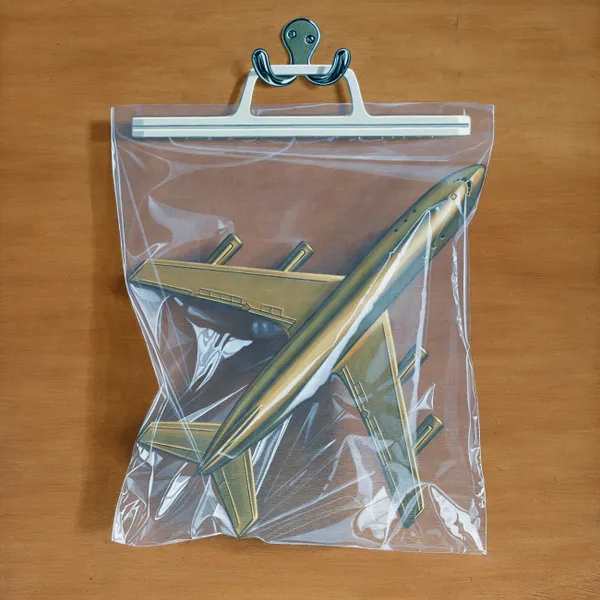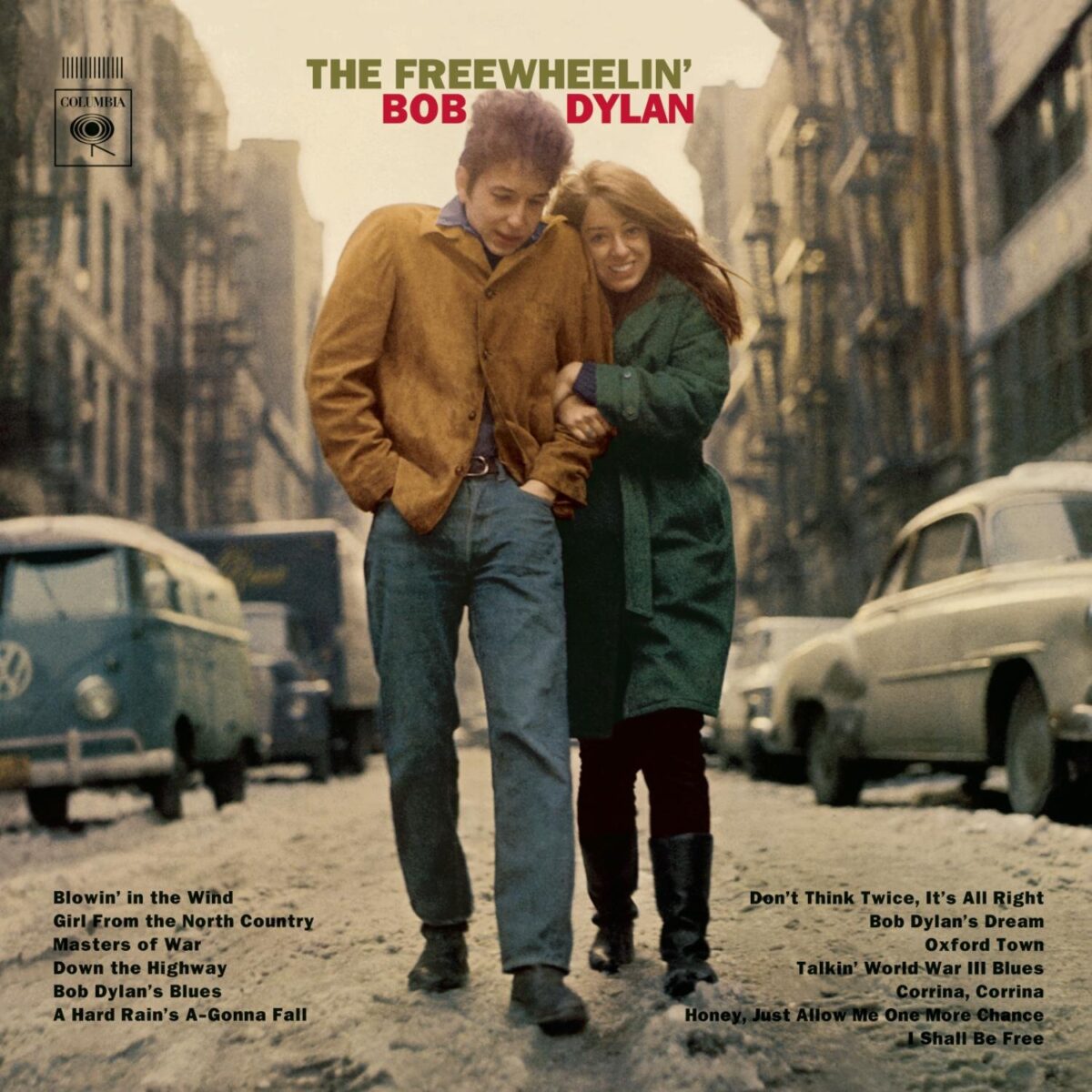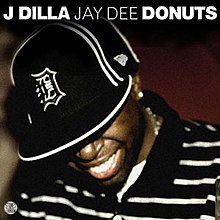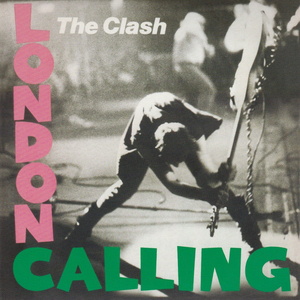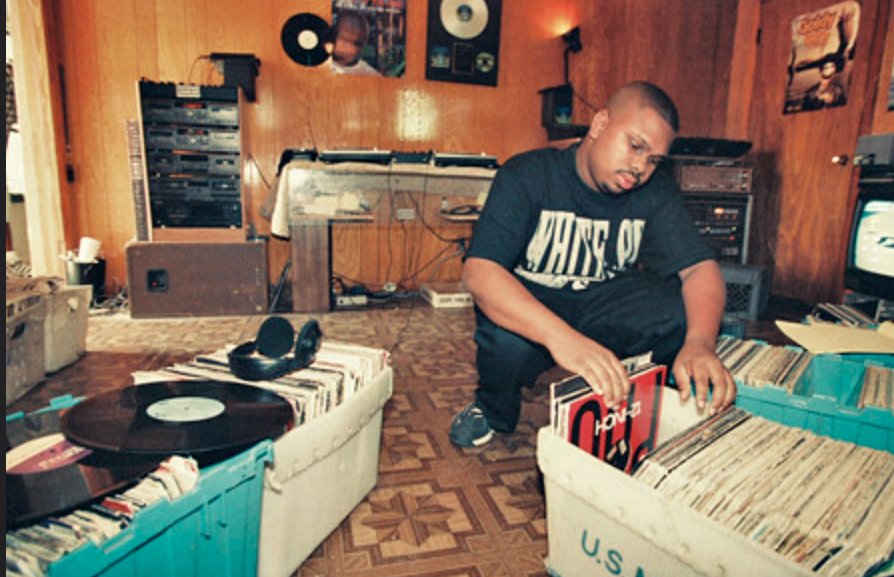I was sent by WKNC to cover the Hopscotch music festival. One of the main reasons I was excited to go was to see Black Country, New Road. But before we talk about the concert lets get into some background.
Black Country, New Road is a band from England and has gained a lot of popularity in the past couple of years. They dropped their debut album “For the First Time” in 2021 with critical acclaim and showed people they should be a band to look out for. Then in February of this year they dropped their second album “Ants From Up There” which created a large buzz due to the large amount of critical acclaim the album had.
But just as they had reached the highest point they had been at and it seemed they were at the top of the experimental rock world the band announced that their lead singer Isaac Wood was leaving the group due to mental health reasons. The band however decided to continue without their lead singer and instead have other members substitute for vocals.
Now this leads us to now, the band has decided to go on tour and for the tour they have decided to create all new music without their lead singer as the vocalist. So none of the songs are on the albums and no one has heard them yet. This is the main reason I wanted to go was to hear this new music. And let me tell you it was incredible.
It’s hard to describe the songs especially since I can’t hear them again and that you have probably never heard them but I’ll try my best. The songs feel the same as their first two albums and they still have that distinct sound. They’re still using the large array of instruments like saxophone, violin, piano, accordion, flute and more. They also had three different people on main vocals for different songs which was their saxophonist Lewis Evans, bassist Tyler Hyde, and keyboardist May Kershaw.
Some specific moments I enjoyed was the third song in the set had this super catchy saxophone riff that I could listen to all day. The song right after had the group using harmonies and all singing some parts at once which sounded incredible. One of the songs sounded like a whimsical stroll through a field which one of my friends described as Keebler elf music. This was very accurate due to the lead singer saying when the next chapters were coming in which gave it a fairy tale feel. They also had a song where the keyboardist was singing main vocals, playing keyboard and playing accordion all at the same time which makes absolutely no sense but it worked.
Hearing the music live made me so excited for their next project and I cant wait to see where the band heads next. I feel they are just getting started and I hope they continue their streak of great music.

